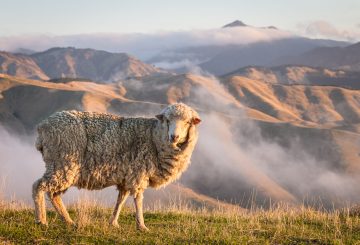Opotiki 区议会将实施一项新的市中心总体规划,作为 “振兴” 市区的一种方式。
安理会在 1 月 27 日的最近一次会议上核可了该计划。Opotiki 市长林·里埃斯特尔说,Opotiki 正处于大规模变革时期的开始。
“总体规划的目的是为市中心的未来形成一个愿景,以便以社区希望的方式实现增长。我们希望确保我们坚持我们喜欢的中央商务区的东西,并确保城镇的美学反映我们的历史和未来的计划。”
“港口入口、不断扩大的水产养殖业以及它们带来的经济发展已经扭转了奥波蒂基的前景。”
要进行变革,就需要理事会和私人业主之间的合作。已经进行的一些改进包括滑板公园的升级,这是莫图小径和 Te Tahuhu o Te Rangi 的新入口。
作为总体规划的一部分,理事会将考虑三个主要备选方案。
第一个选择是 “云杉” 镇中心。这将涉及诸如绘画建筑外墙、修复阳台、清理标牌和替换旗帜等活动 —— 预计将于 9 月份到位的新旗帜。
第二种选择是议会开发一条进入市中心及周围的遗产和 taonga 小径,包括解释性标牌和街景改善以帮助寻路。
第三种选择是在市中心和码头之间开发走道/自行车道。
这可以得到街景改善的支持,例如解释/寻路标牌、园林绿化和娱乐机会。自行车道的工作定于 8 月底开始。
根据 Opotiki 镇中心结构计划摘要,总体规划内的工作需要以 20 万美元的预算完成。





























































